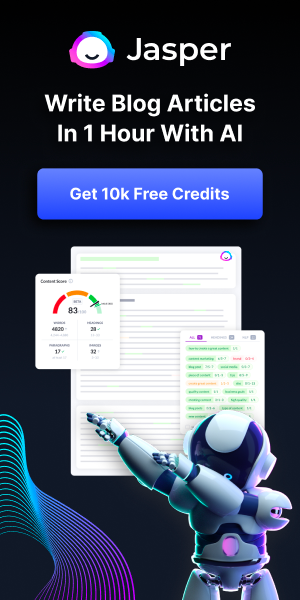
Creativity is at the core of building quality in design. People rarely innovate when they simply follow instructions. This led me to think more about creativity – the act of doing something in an unconventional way, the act of creating something meaningful that changes you and hence the world. Traditionally (in an industrial world), only artists were meant to be creative – painters, dancers, poets and so on. In the knowledge world, every professional has an opportunity (and a need) to be creative – to see patterns that others don’t see, to create and initiate.
Around the same time I was thinking about creativity, I stumbled upon a great book titled “Creativity – Unleashing the Forces Within” written by 20th century spiritual teacher Osho. I read the book with great interest and gained some very enlightening insights. Here are a few:
Ego is the enemy of creativity. You are at your creative best when you do things because you find joy in doing it, because it has an intrinsic value to you. When you do things with a purpose of gaining recognition (and hence satisfy your ego), creativity is limited. Our need for external validation for our work stops us from being receptive, open and curious.





















